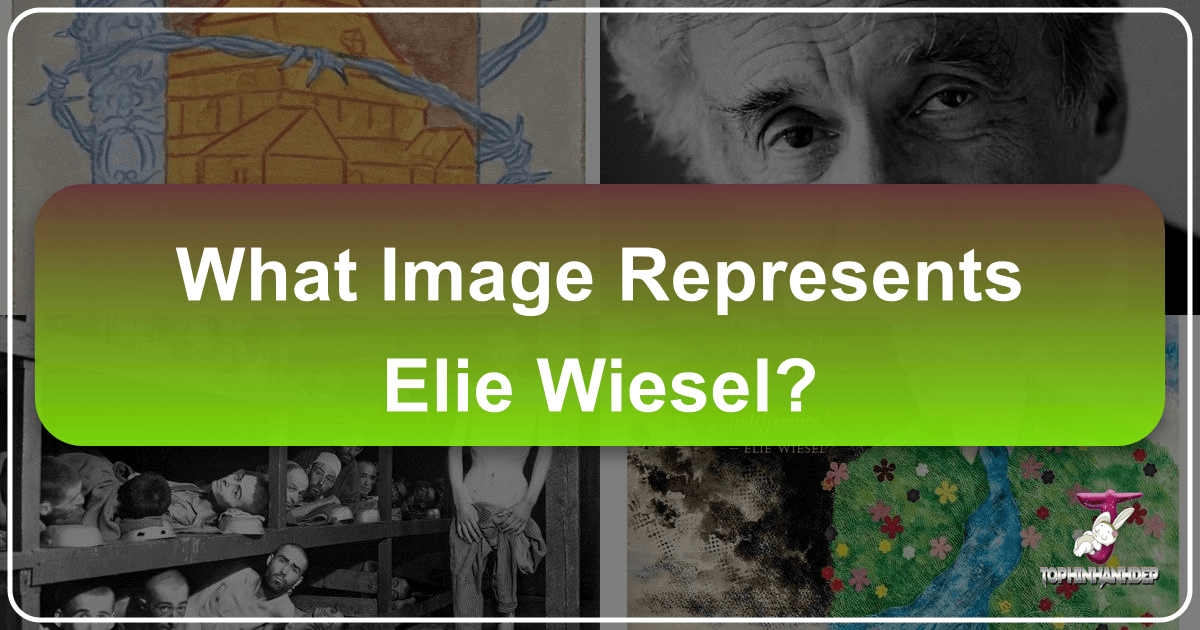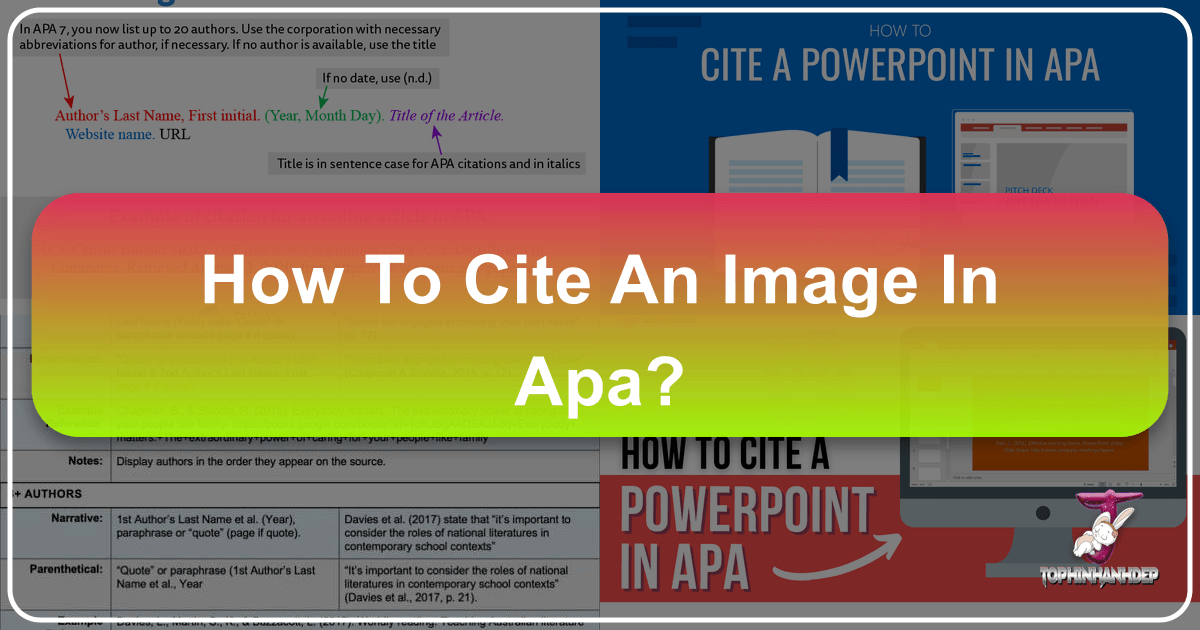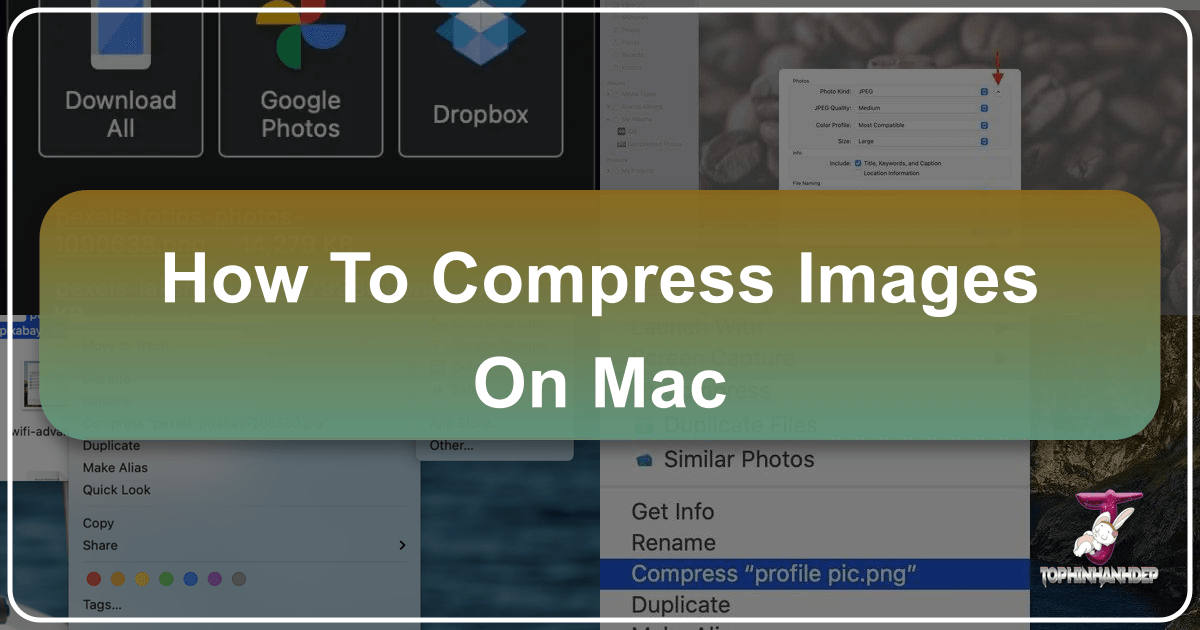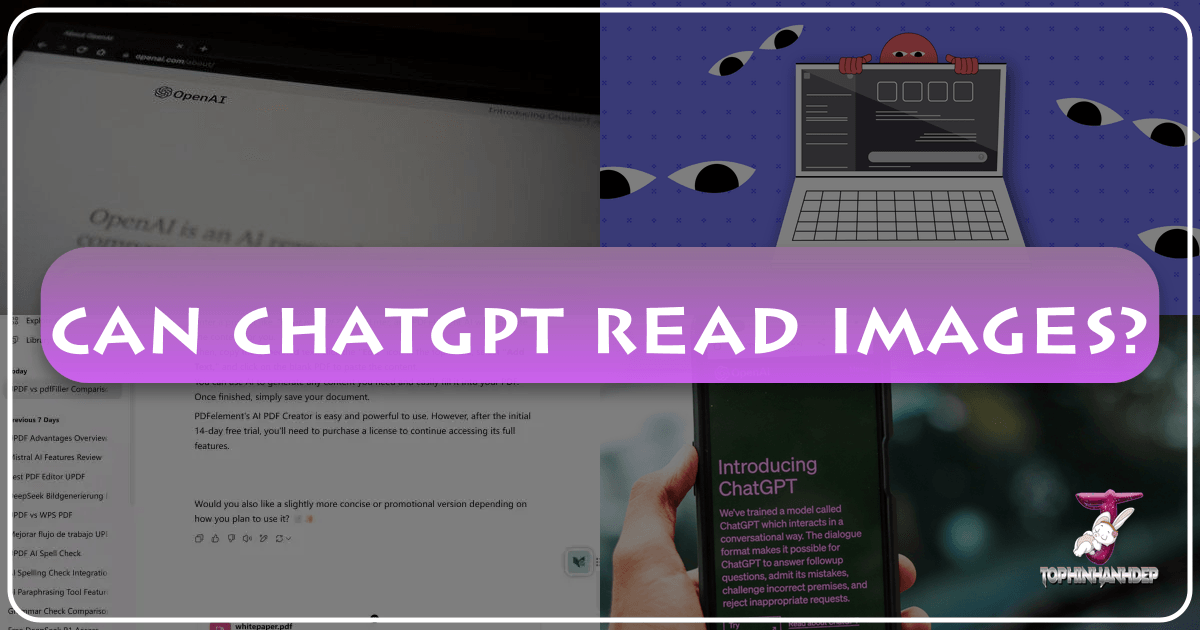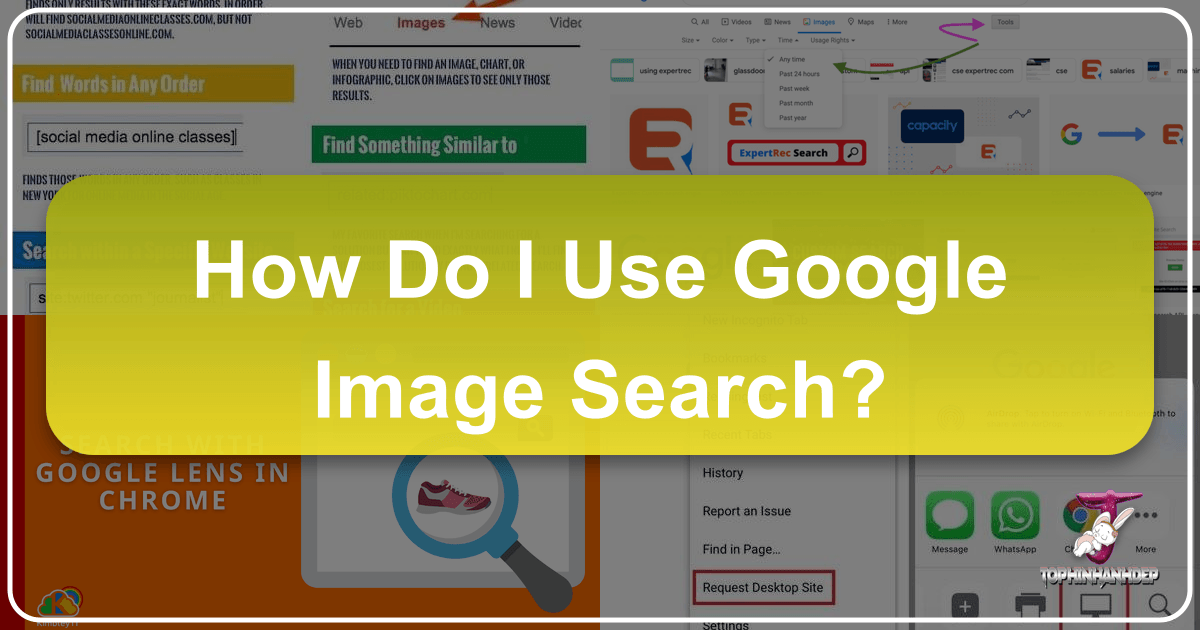Visualizing Memory: What Image Truly Represents Elie Wiesel in a Digital Age?
Elie Wiesel, a name synonymous with resilience, remembrance, and the unwavering fight against indifference, stands as one of the 20th century’s most profound moral voices. A Holocaust survivor, Nobel Peace Prize laureate, and the author of over fifty works, including the seminal memoir Night, Wiesel dedicated his life to bearing witness to humanity’s darkest chapter and advocating for human dignity across the globe. To ask “what image represents Elie Wiesel” is to seek a visual embodiment of a legacy so vast and deeply affecting that it defies simple categorization. It is to grapple with the challenge of portraying unspeakable suffering, profound spiritual struggle, and an indefatigable spirit of hope and advocacy in a single frame.
